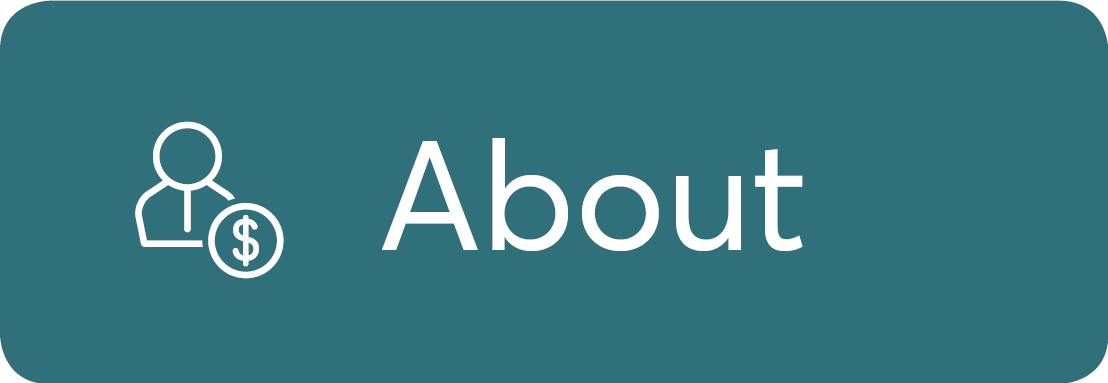What do people typically do with their super when they retire?
Written and accurate as at: Feb 14, 2024 Current Stats & Facts

If all has gone according to plan, you’ll have accumulated enough super during your working years to achieve a comfortable lifestyle in retirement. But there’s more than one way that super can be paid out, and what you choose to do with yours can make a big difference.
Some Australians will withdraw it as a lump sum, while others prefer the regular income provided by an account-based pension. Depending on your circumstances, you might even be able to choose a combination of both. Below are some of the more common options and what they might mean for you.
First of all, when can you access your super?
You’ll be allowed to withdraw your super if you meet a condition of release. The main ones are:
- Turning 65 (even if you haven’t retired yet)
- Reaching preservation age (between 55 to 60 depending on when you were born) and permanently retiring or starting a transition to retirement (TTR) income stream while still working
- Ceasing a gainful employment relationship after reaching age 60
- Satisfying an early access requirement, such as requiring the funds to pay for medical treatment1
Withdraw it as a lump sum
Depending on your super fund’s rules, you might be able to withdraw your super in one or more lump sum payments. This might be preferable if you have debts you want to pay down or large purchases or investments you’d like to make.
Once withdrawn, you’ll have unfettered access to your money. Importantly, it won’t be considered super anymore, so if you decide to invest it, the earnings won’t be taxed according to super rules and will likely need to be declared in your tax return.
As the lump sum will need to last you throughout retirement, this option may require some forward thinking. Consider creating a retirement budget, or speak to your financial adviser about ways you can avoid outliving your savings.
Just take care if you are under age 60 or if your super has an untaxed element, as tax might apply to the withdrawal. What’s more, you might not be able to re-contribute the funds back into super if you change your mind.
Start an account-based pension
If you’d prefer to convert your super into an income stream at retirement, there’s the option to commence a retirement phase account-based pension. This way, your super fund can continue to invest the bulk of your money while you draw on it as needed to fund your retirement.
You’ll have some say in the size and frequency of payments, how your balance is invested, as well as how much of your super gets converted into a pension in the first place.
That said, the government requires Australians draw down a minimum payment from their pension each year to encourage them to spend their retirement savings. Currently, the minimum drawdown requirements start at 4% for under 65s and increase to 14% for anyone aged 95 and above.
So long as you adhere to these requirements and your retirement pension doesn’t exceed your transfer balance cap, any earnings within your pension account will typically be tax-free. If you are over 60, you also won’t have to pay tax on any payments you receive as part of the pension.
Just keep in mind that market fluctuations can cause your account balance to rise and fall. So when you’re deciding whether an account-based pension is right for you, remember that the sustainability of your pension income can depend a great deal on market performance.
Leave the money in your super account
Many people choose to leave their superannuation in the accumulation phase upon retiring, even if they’ve ticked all the boxes necessary for its release.
If you do this, your super fund will continue to invest your money and any earnings will be taxed within the fund at a maximum rate of 15%. That said, you might be eligible for franking credit tax offsets and capital gains discounts, which can bring the effective tax rate in the accumulation phase to around 7%.2
But even with those discounts, leaving your savings in the accumulation phase may not be the most tax-effective option. Remember that while your super is in the retirement phase, your super fund generally doesn’t have to pay tax on earnings.
Using your super to help transition to retirement
It’s also worth mentioning the options available for people on the cusp of retirement but not quite ready to stop working.
If you’ve reached preservation age but haven’t yet met a retirement condition of release, you might be able to start a transition to retirement (TTR) pension. This can allow you to ease into retirement gradually by using some of your super to supplement your reduced work earnings.
Starting a TTR pension involves instructing your super fund to transfer part of your super into a transition phase account-based pension. The rest of your money will remain in your super account, which will continue to receive contributions from your employer (and any voluntary contributions you make).
Investment earnings are generally taxed at 15%. Meanwhile, your TTR pension payments are taxed at your marginal tax rate if you’re between 55 and 60 years old, though a 15% tax offset will apply. Once you reach 60, the payments become tax-free.
These are just some of the ways Australians can access their super. Take time to think through your options carefully, and seek financial advice if you’re unsure which option is appropriate for you.
Sources
1 Australian Taxation Office
2 Treasury
3 MoneySmart













